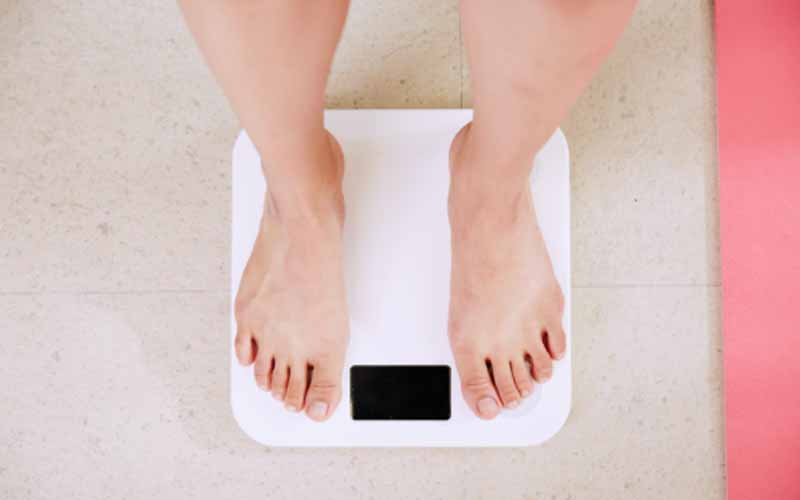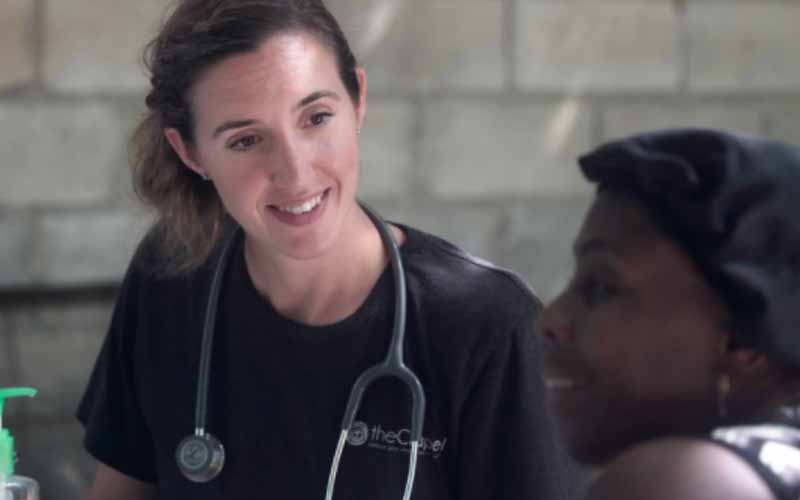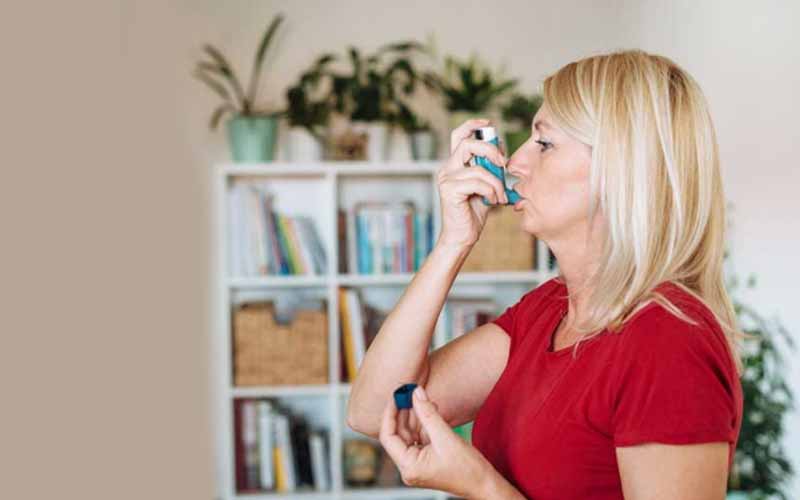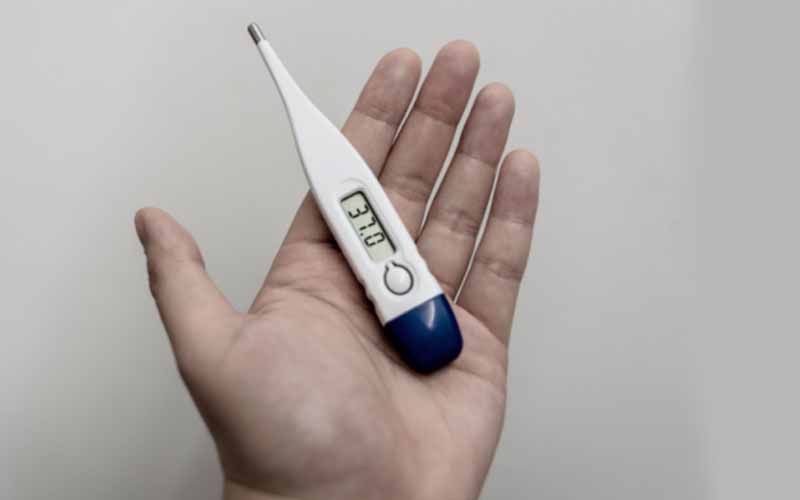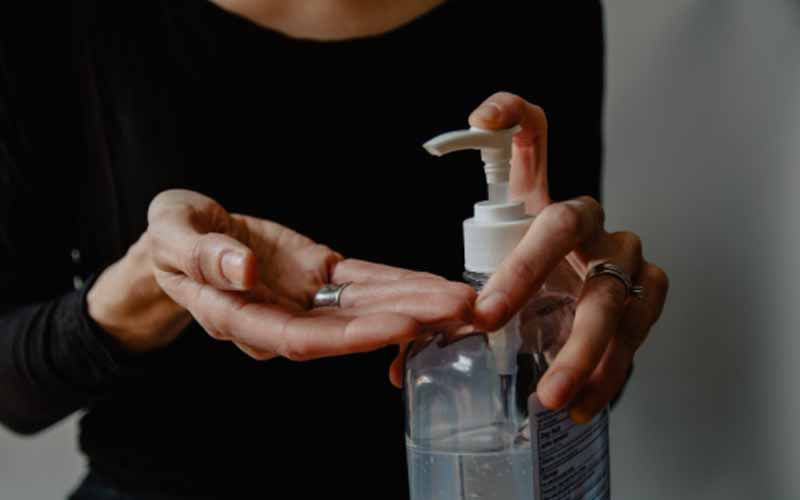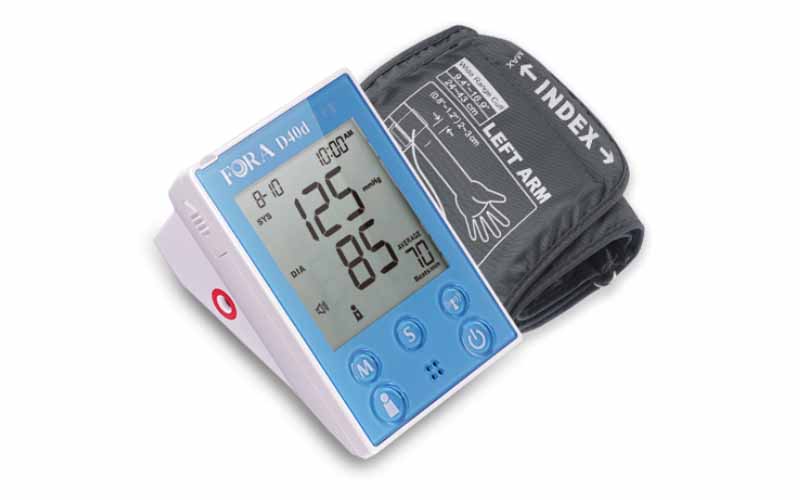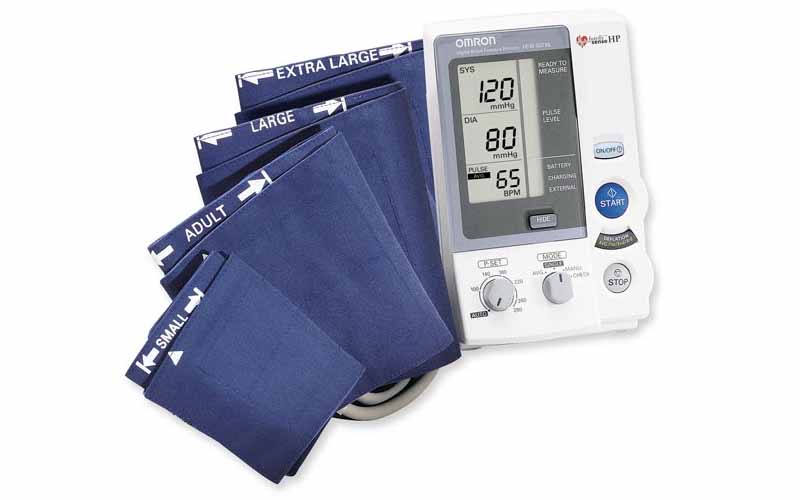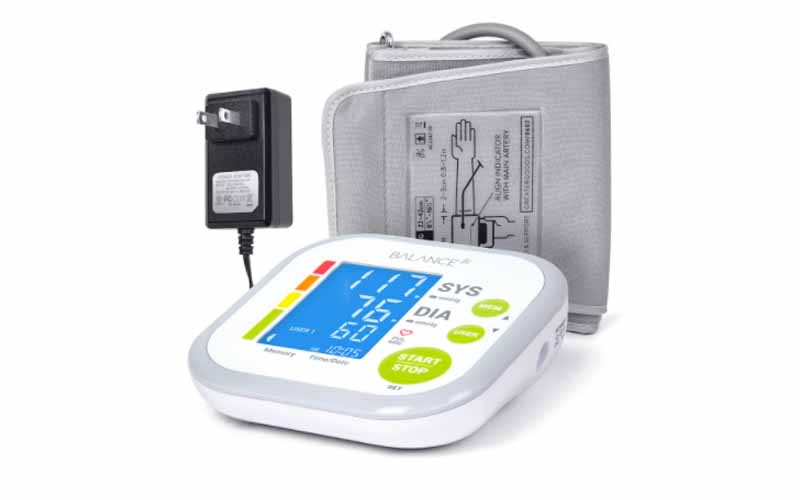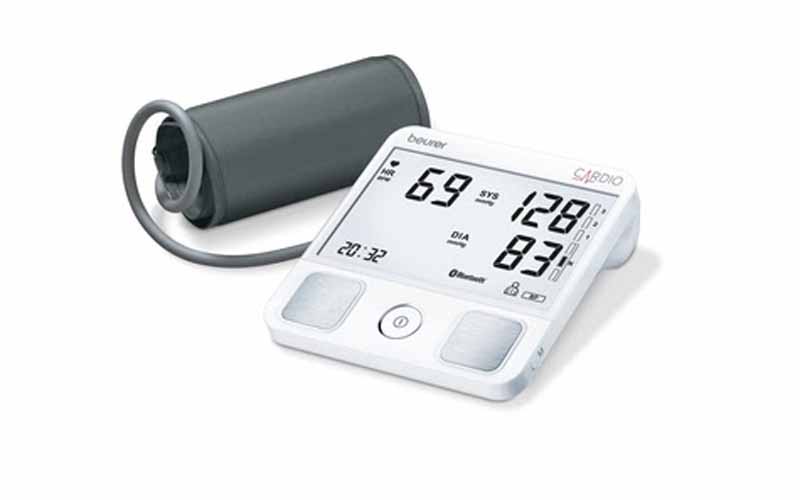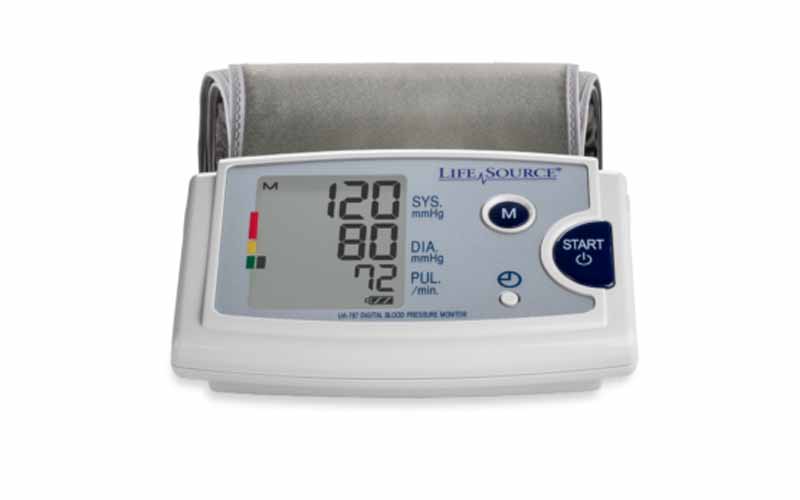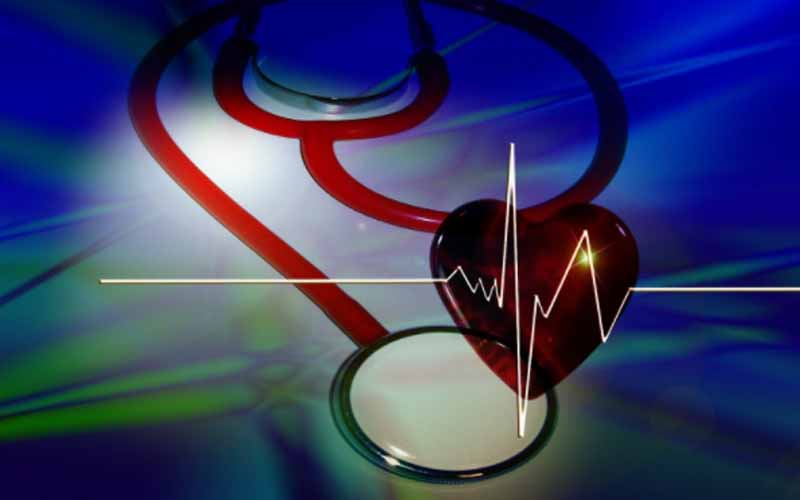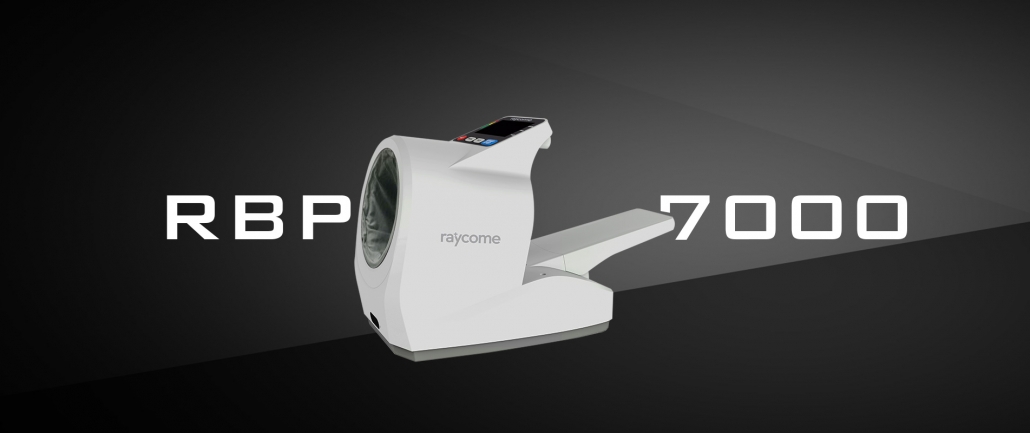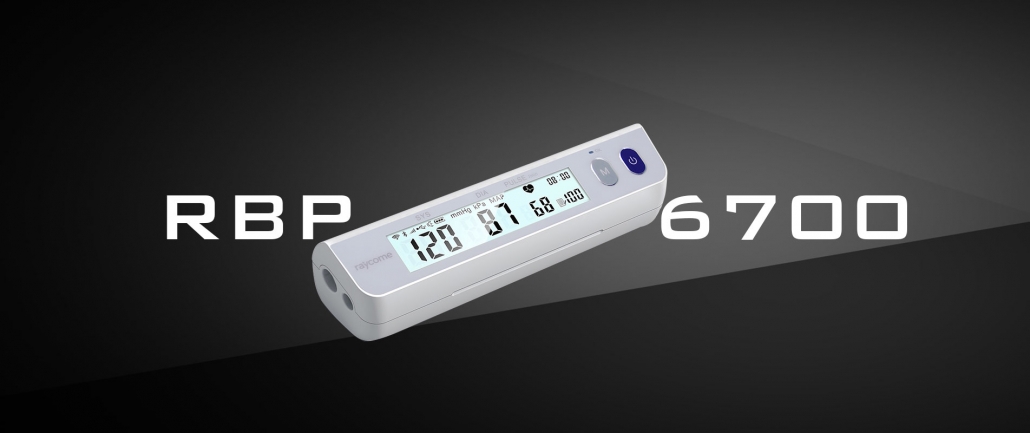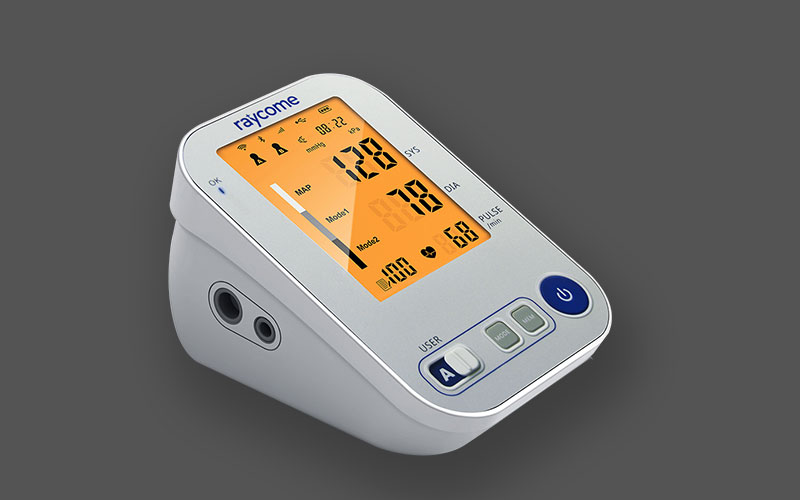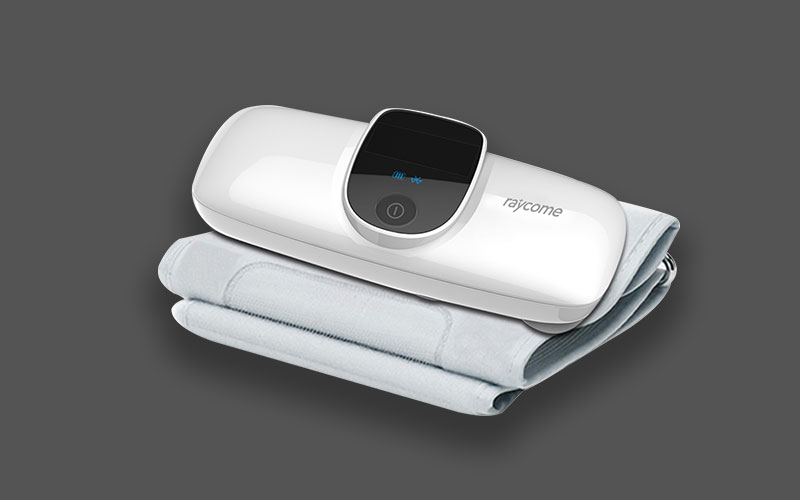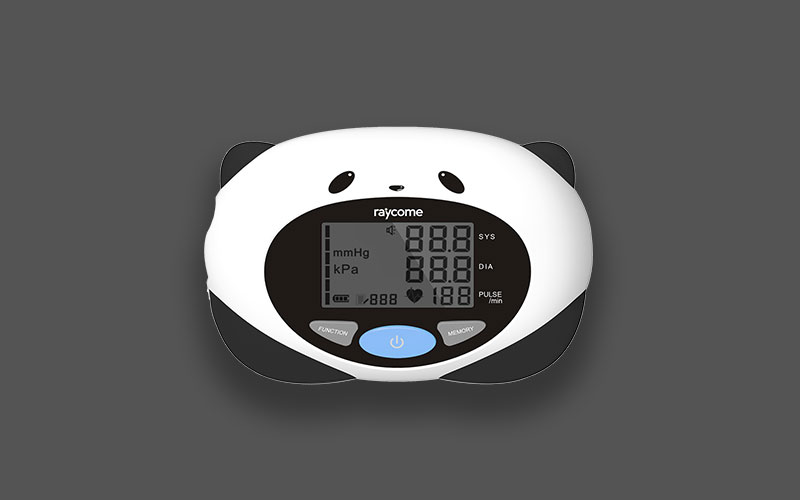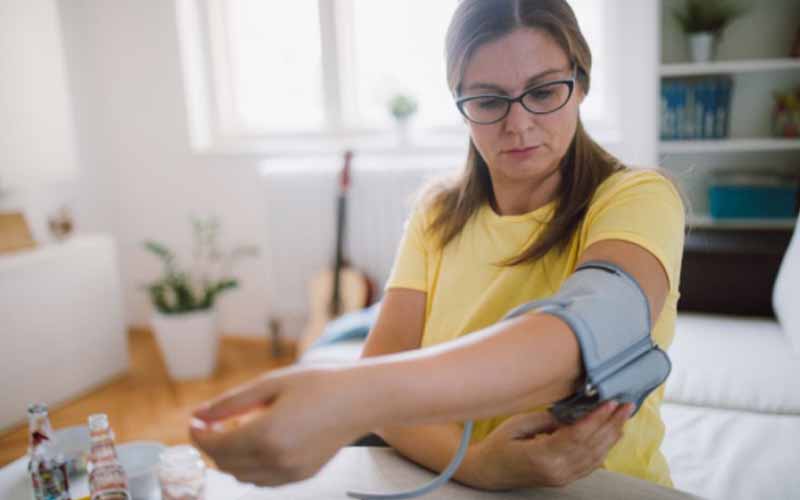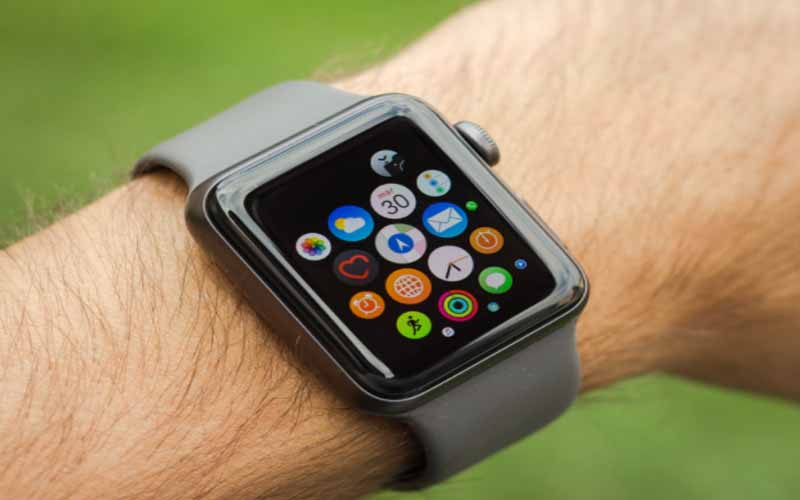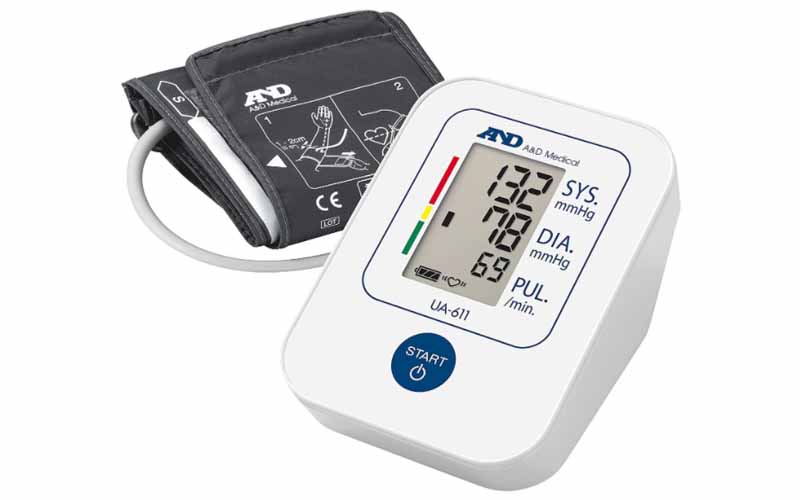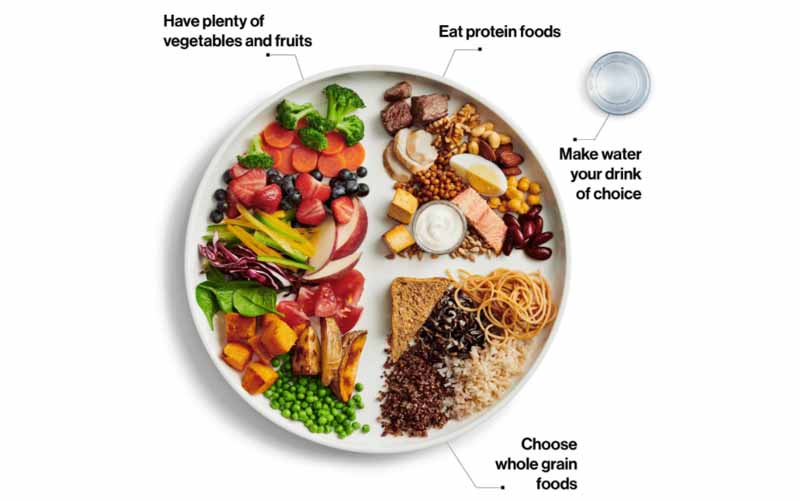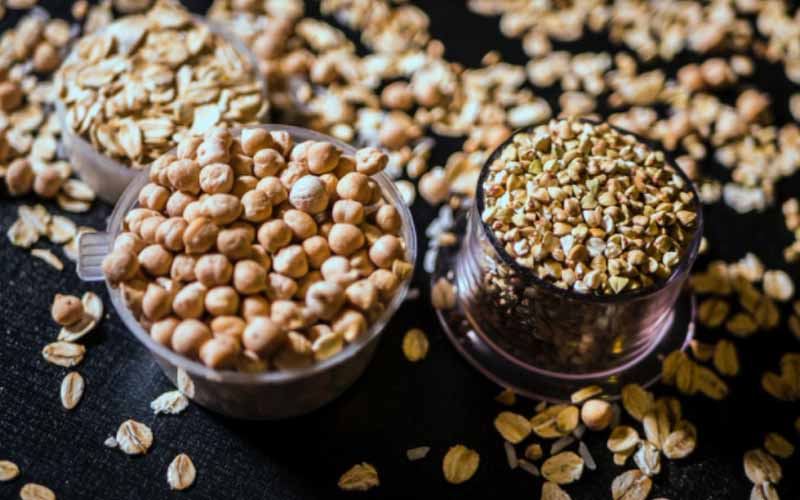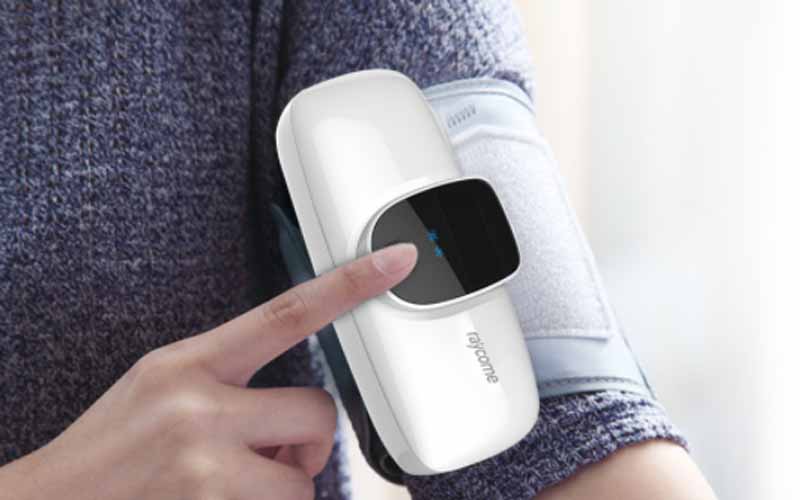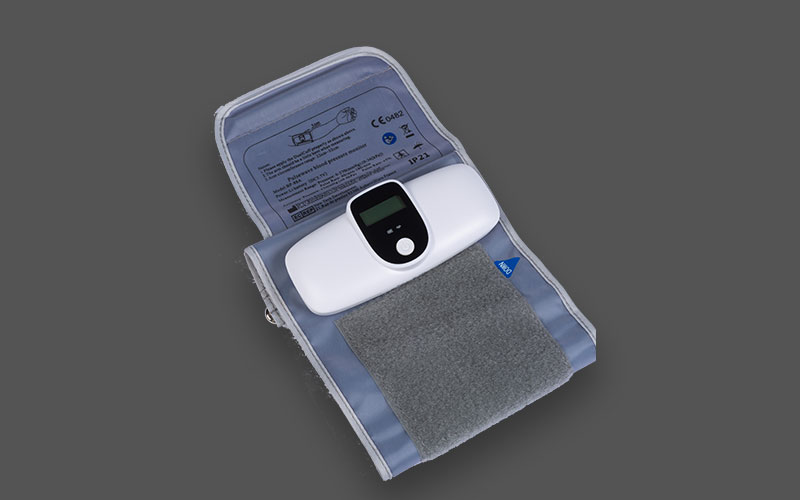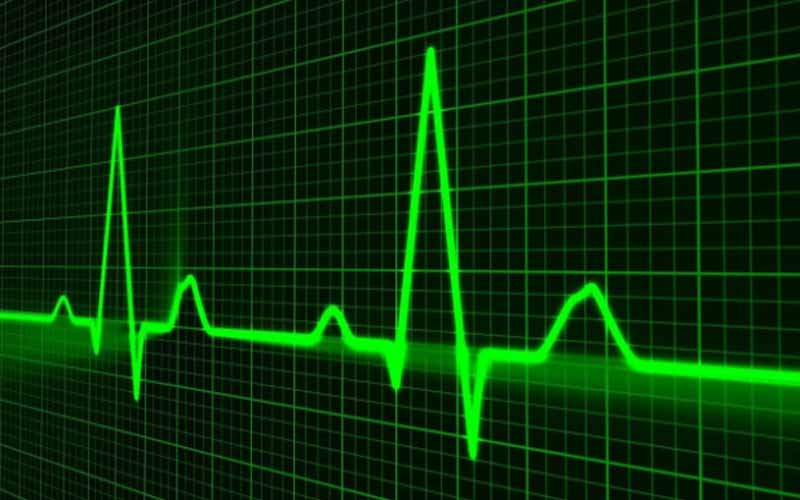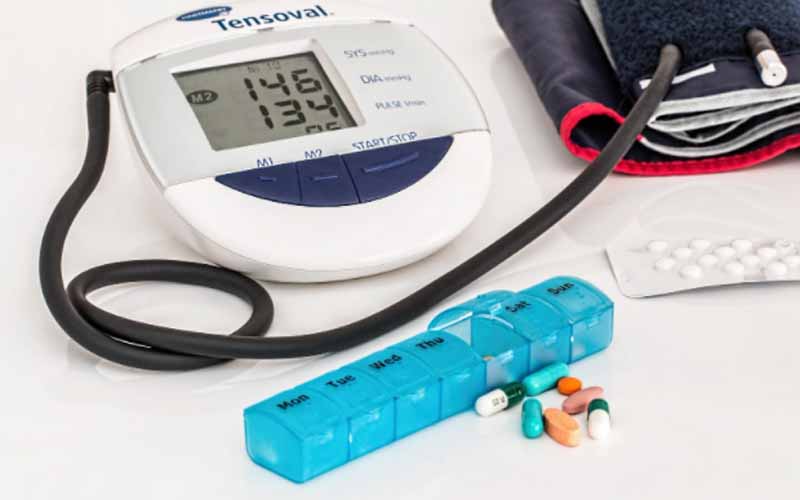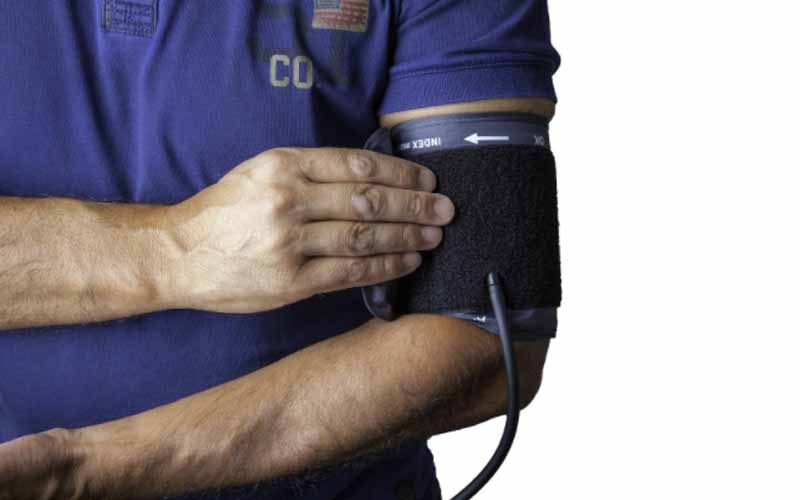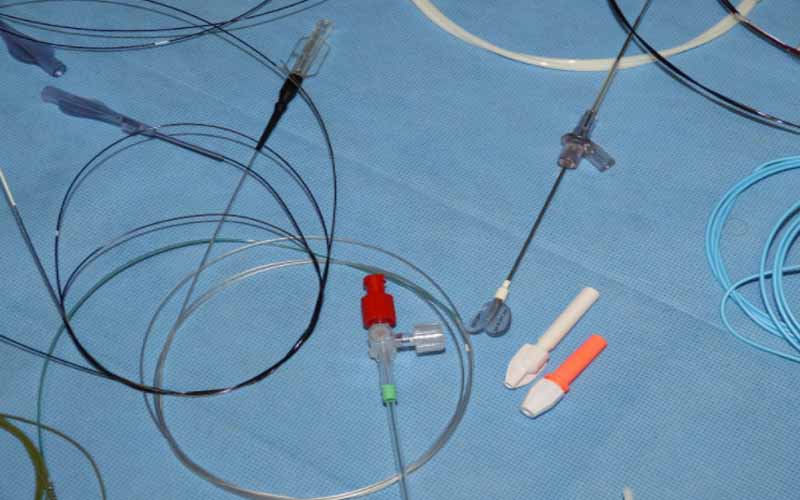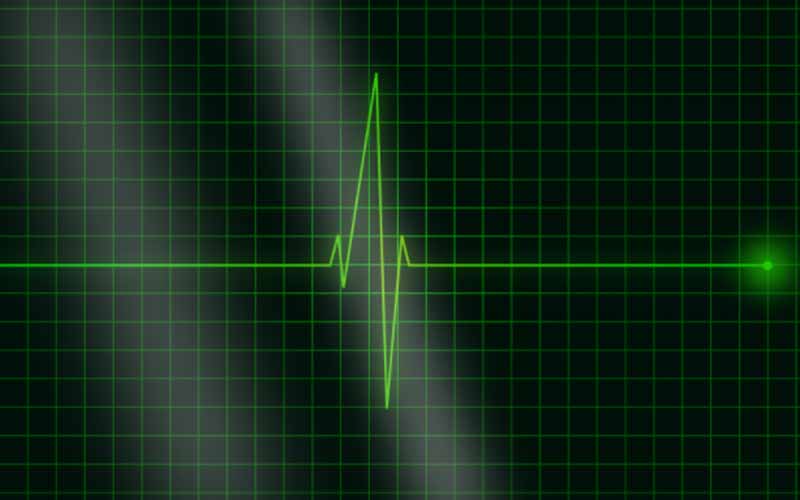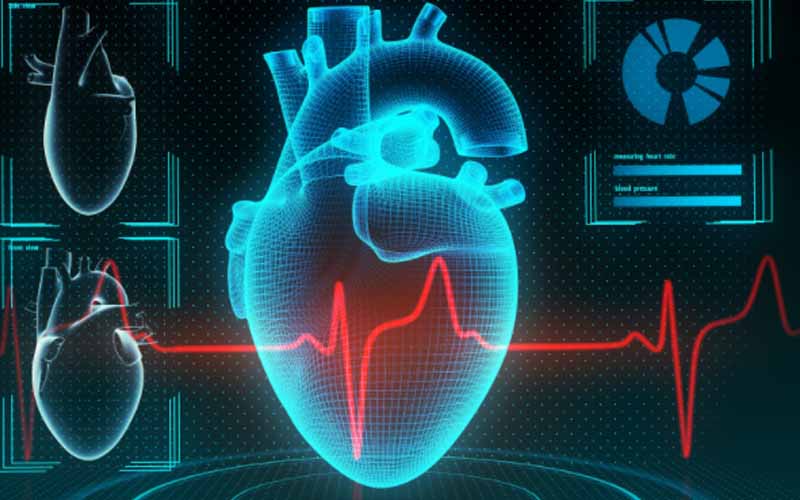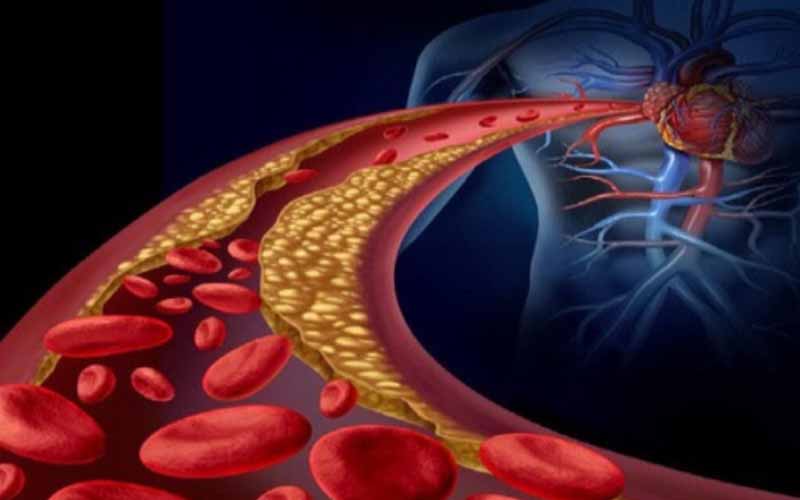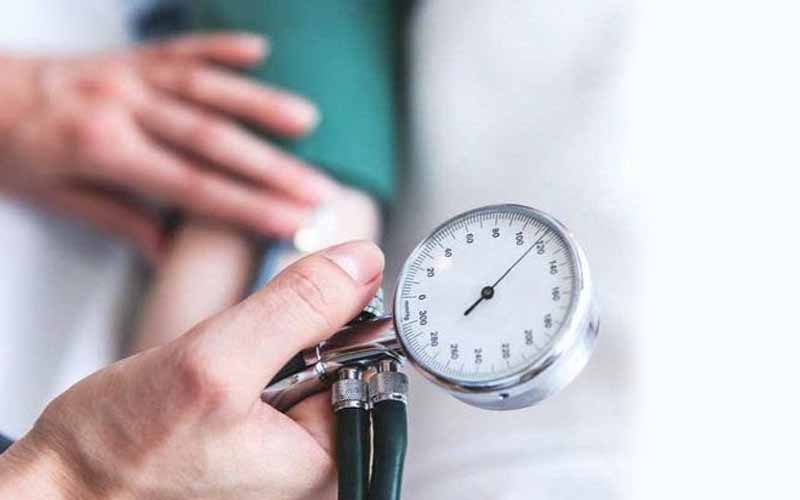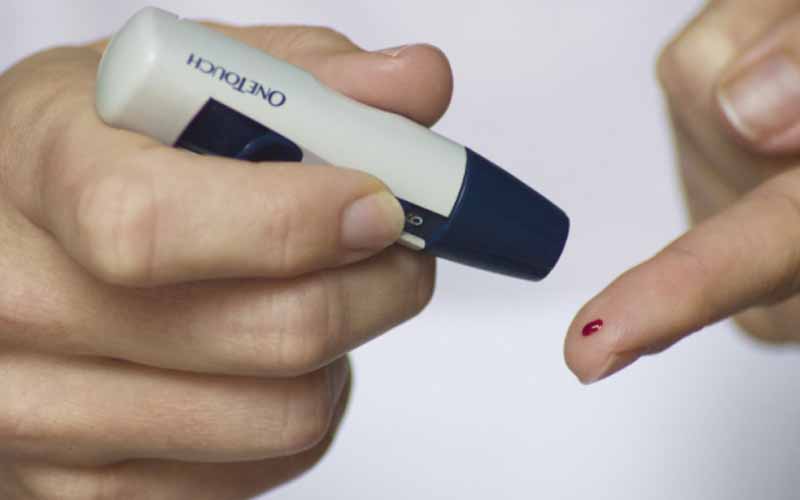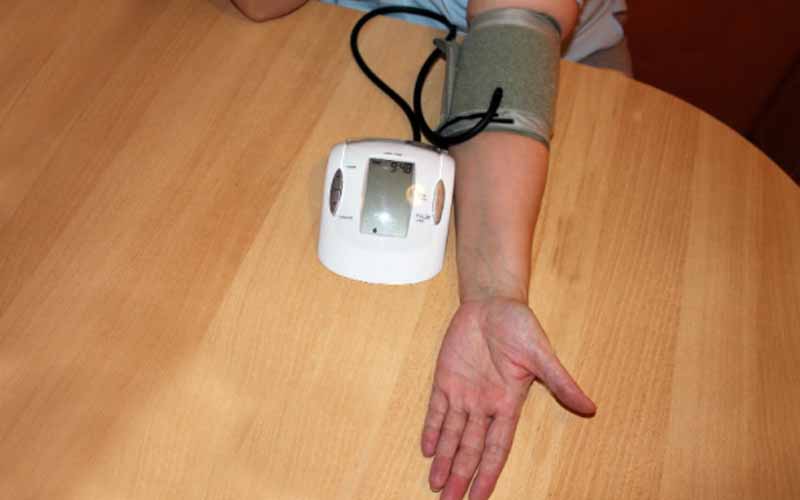Doctor’s Advice on Maintaining Heart Health
Source : Unsplash
As you already know, the purpose of the heart is to ensure that it pumps blood to every part of the body, especially your vital organs. The only way your heart is able to accomplish this is if it is kept healthy. This is why you need to invest in making sure that you maintain heart health and keep heart disease at bay.
There are a few factors that contribute to heart disease like the lack of proper blood pressure monitoring using a professional blood pressure machine. However, these factors can be effectively addressed provided you focus on preventative measures. These measures will help you focus on maintaining heart health.
Table of Contents
Develop a Fitness Routine

One of the main causes associated with congestive heart failure includes leading a sedentary lifestyle. A lifestyle where there’s no significant movement to keep your heart pumping and reduce the accumulation of fat around it.
To avoid this, you need to create a fitness routine tailored to your specific requirements. This will help you ensure that you stick to working out when you need to. Regular exercise will help you reduce the risk of heart illness.
Manage Your Cholesterol

Cholesterol is a substance found in the blood that is used to build healthy cells in the body. This makes it an essential part of your body’s normal function. However, the problem comes in when you have high levels of cholesterol which can be detrimental to your health.
This is why you need to take the necessary measures to ensure that you manage it. The best way to keep your cholesterol levels in check is by eating a healthy diet.
However, if your doctor suggests medication, then follow that up with a change in what you eat. This will help you stay on the right track.
Maintain Healthy Blood Pressure Levels
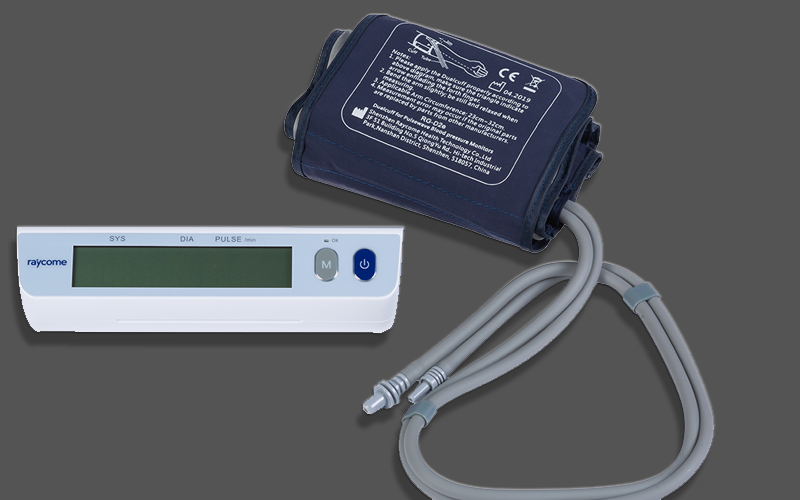
Maintaining your blood pressure levels will require you to consistently get your blood pressure measured by your doctor. Your doctors will use professional automatic blood pressure machines to ensure that the readings you get are accurate.
You could also consider consulting a blood pressure monitor supplier that will provide you with one. This will reduce the doctor visits provided you learn the right way to use it at home.
Once you have your levels checked, consider making some lifestyle changes like reducing your salt intake. Also, follow up on these changes with the medication prescribed by your doctor. Maintaining healthy BP levels will help keep your heart healthy and working as it should.
Reduce Stress

With the daily struggles that you have to deal with, getting stressed becomes inevitable. However, with high-stress levels, you risk the occurrence of heart disease. This means that you have to find a way to deal with whatever is making you so stressed out.
Given that these stress-causing situations will vary, you need to consult with your primary health care provider. You’ll get to talk over what your problem is and find ways to solve it to avoid it affecting your heart health.
Get Enough Sleep

Sleep is an important factor when it comes to keeping your heart healthy. Taking the time to rest and relax after a long day’s work is essential.
To ensure that your sleep practices are right, consider getting 7-8 hours of sleep every day. You also need to develop a consistent sleep schedule where you sleep and wake up at almost the same time each day.
Maintain Good Dental Hygiene

Poor dental health may lead to the introduction of bacteria into the bloodstream which could in turn affect your heart valves. This is why you need to observe your dental hygiene and ensure that you maintain it as required.
Take your time to brush and floss daily and also schedule dental checkups for cleaning and screening.
Avoid Smoking

The nicotine found in cigarettes has adverse effects on your heart. Smoking may cause blood clots in the heart that could lead to a heart attack or even a stroke. This is why you need to make the conscious decision to quit smoking.
It may take you a while to get over the withdrawals but keeping in mind your heart health you’ll push through.
Reduce Your Alcohol Intake

Excessive alcohol intake is harmful to your body especially your heart because it could result in a heart attack.
With this in mind, you should consult with your doctor to determine whether there’s an acceptable alcohol amount that you can take. This will help you as you work toward quitting altogether.
Conclusion
Maintaining a healthy heart will require you to take the necessary steps to ensure that you keep up with it. From exercising regularly, getting enough sleep to reducing your alcohol intake. All these points to a lifestyle change that you should be willing to embrace.
You should also remember to get your BP readings taken using a professional automatic blood pressure monitor to help you keep track. Invest in yourself to ensure that your heart stays healthy.






